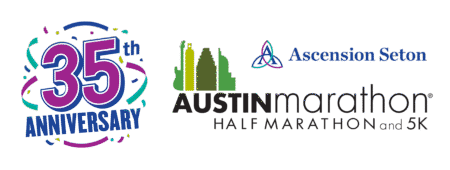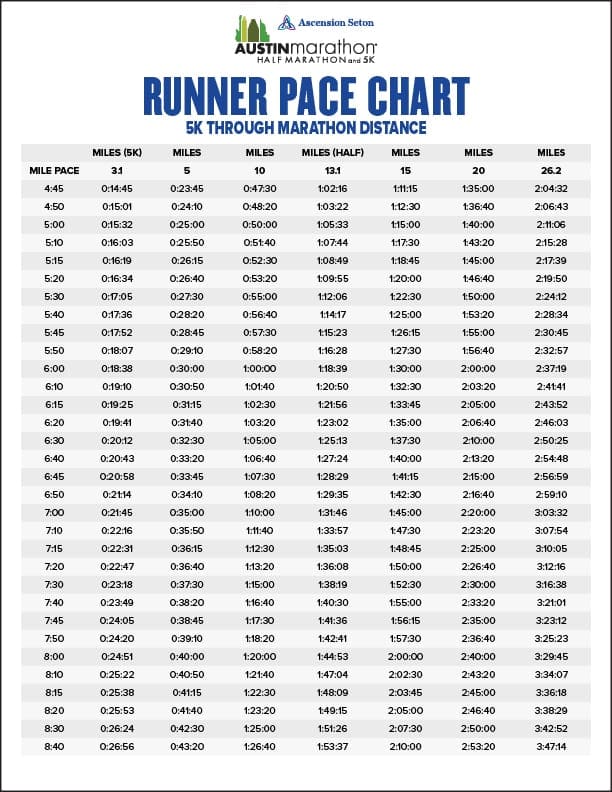Earn Your Ticket to the AbbottWMM Wanda Age Group Championship at the Austin Marathon
2024 Austin Marathon participants can earn a spot at AbbottWMM Wanda Age Group Championships
Mark your calendars for February 18, 2024, because Austin, Texas, is where the action’s at. The Ascension Seton Austin Marathon is your passport to an adrenaline-fueled adventure as it returns as one of the selected qualifying marathons for the Abbott World Marathon Majors Wanda Age Group World Rankings. The AbbottWMM Wanda Age Group World Rankings comprise over 375 qualifying races in over 90 different countries in which athletes in nine separate age groups can compete in marathons across the world to earn a global ranking.
Compete against runners from around the world
The spread of the AbbottWMM Wanda Age Group Qualifying Events creates a truly global series throughout the year. This gives runners across the world the chance to be part of a new era of age-group marathon running.
The 2024 season will be the 6th edition of the rankings, with runners competing to earn an invitation to the 2025 AbbottWMM Wanda Age Group World Championships.
Dawna Stone, Abbott World Marathon Majors CEO said: “The Abbott World Marathon Majors Wanda Age Group World Rankings continue to grow and welcome new races into the qualifying process every year. The geographical spread of runners and races shows the appetite for high level competition across all ages and an invite to the World Championships is becoming a much sought-after goal.”
How it Works
Athletes will be ranked according to their single fastest time in a qualifying event. Any athlete achieving the Automatic Qualifying Time for their age group will receive an immediate invitation for the 2025 AbbottWMM Wanda Age Group World Championships.
Highly-ranked runners who do not achieve the Automatic Qualifying Time still have the opportunity to receive an invitation to enter the World Championship depending on the full field size and the number of athletes achieving the qualifying time.
In order to receive an invitation, runners must be registered at AbbottWMM.com. The date, location, and field size for the 2025 AbbottWMM Wanda Age Group World Championships will be announced in due course.
Age Group Qualifying Times
Times are subject to final confirmation by AbbotWMM at the end of 2023.
|
2024 Qualifying times Age Group |
Male |
Female |
|
40-44 |
02:35 |
03:05 |
|
45-49 |
02:42 |
03:11 |
|
50-54 |
02:48 |
03:21 |
|
55-59 |
02:57 |
03:30 |
|
60-64 |
03:10 |
03:48 |
|
65-69 |
03:26 |
04:06 |
|
70-74 |
03:40 |
04:35 |
|
75-79 |
04:06 |
05:05 |
|
80+ |
04:40 |
05:25 |
Qualifying for the 2025 AbbottWMM Age Group Championship
There are three ways to qualify for the championships.
1. Achieve the Automatic Qualifying Time for your age group
2. Other highly ranked athletes without an Automatic Qualifying Time may also receive an invitation, depending on the full field size and the number of athletes achieving the qualifying time.
3. The bi-annual AbbottWMM Global Marathon, held within the Global Run Club, has 200 places available for the fastest verified finishers. Visit the Global Run Club for full details.
Full details here.
So, as the Austin Marathon countdown begins, imagine the cheers of the crowd, the beat of your heart, and the thrill of knowing that you could earn a spot at the 2025 AbbottWMM Wanda Age Group World Championships. It’s not just a marathon; it’s a global celebration of running . The path to championship glory is paved with determination and a dash of fun. The Austin Marathon beckons and the world is your playground – get ready to run, laugh, and make memories that will last a lifetime. It’s marathon time, and the adventure begins here!





